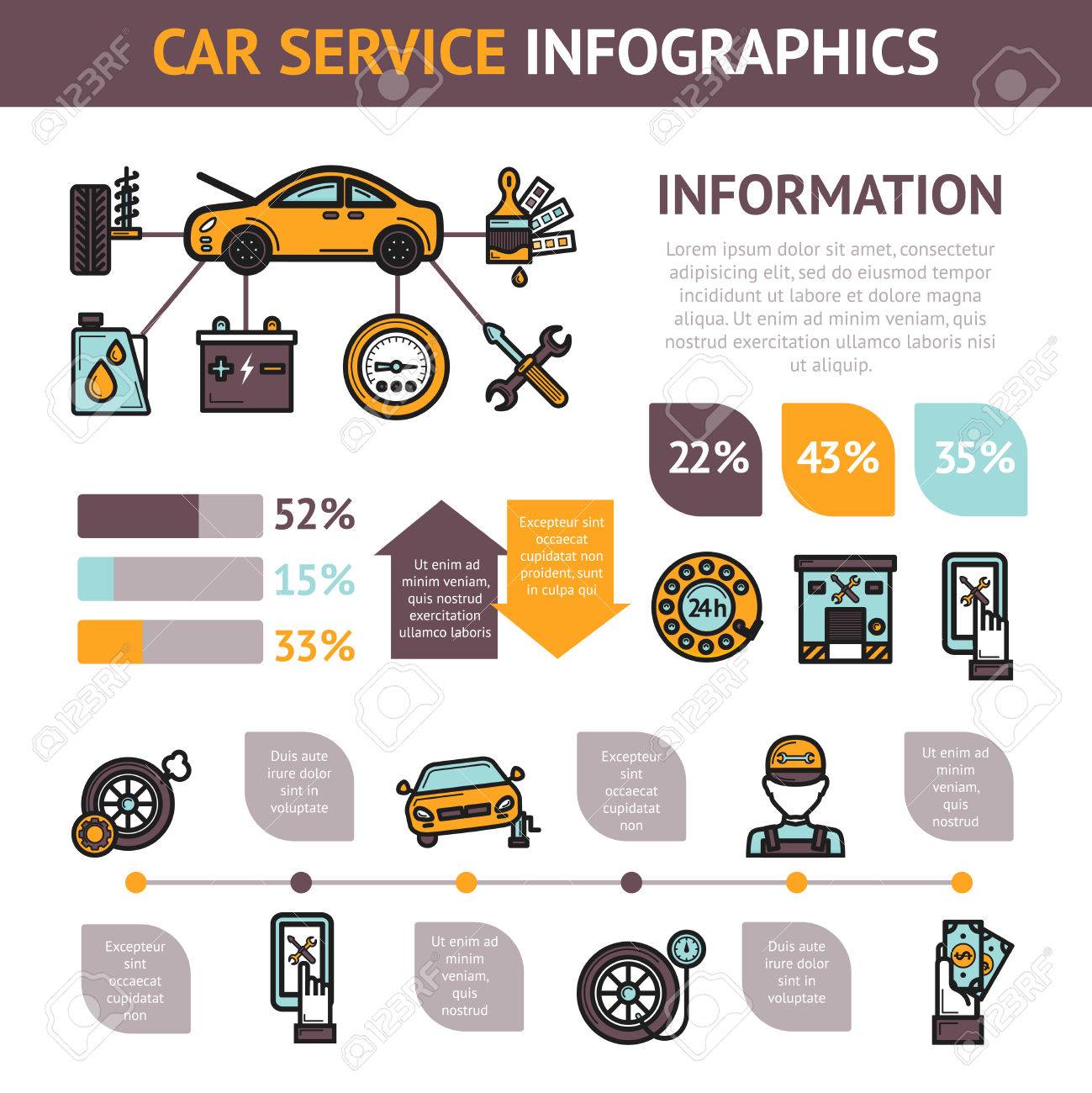Determining The Most Usual Caution Indicators On Your Control Panel And Their Meanings
Determining The Most Usual Caution Indicators On Your Control Panel And Their Meanings
Blog Article
https://www.wowktv.com/automotive/spend-less-at-the-pump-with-these-fuel-saving-tips/ -Espersen Juarez
When you're behind the wheel, those control panel caution lights can be a real mystery. Yet did you understand that deciphering them can save you from possible auto difficulties later on? From the threatening check engine light to the subtle oil stress warning and the ever-important battery light, each one acts as an important signal from your lorry. It's time to clarify these typical dashboard warnings and equip yourself with the expertise to navigate the roadway in advance.
Comprehending the Inspect Engine Light
When your dashboard brightens with the check engine light, it's important not to panic but to take immediate action. The check engine light functions as a caution that your vehicle's onboard diagnostic system has actually identified a prospective problem with the engine, emissions, or various other vital components. Ignoring this light can bring about much more serious issues down the road, so it's important to address it without delay.
To recognize the source of the problem setting off the check engine light, you can make use of an OBD-II scanner to obtain the certain trouble codes kept in your lorry's computer system. These codes supply valuable details that can help identify the underlying problem.
While some issues triggering the check engine light might be small, such as a loosened gas cap, others could suggest much more substantial issues that call for expert interest.
Decoding the Oil Pressure Caution
Upon experiencing the oil pressure advising light on your dashboard, prompt focus is critical. This warning shows that the oil stress in your engine might be too reduced, which can cause serious engine damages otherwise attended to quickly. Reduced oil stress can be brought on by a variety of issues such as a leakage, a malfunctioning oil pump, or reduced oil degrees. Neglecting this cautioning light can lead to costly repairs and even engine failing.
If you see the oil stress cautioning light come on, the primary step is to safely pull over sideways of the road and shut off your engine. Check the oil level making use of the dipstick and ensure it's at the advised level.
If the oil degree is reduced, top it up with the suitable oil for your automobile. If the oil level is sufficient, do not proceed driving and look for assistance from a mechanic to identify and fix the issue without delay. Remember, keeping proper oil stress is vital for the health and wellness and long life of your engine.
Analyzing the Battery Light
To figure out the importance of the battery light on your control panel, you must understand its critical role in your vehicle's electric system. When the battery light illuminates while you're driving, it indicates that the electric system isn't obtaining enough power from the battery.
This could be because of a falling short battery, a malfunctioning alternator, or issues with the billing system. Disregarding this warning light can result in your car stalling or being not able to begin.
If the battery light begins, it's advised to safely pull over and have your car examined by a mechanic as soon as possible. They can execute diagnostics to identify the hidden problem and prevent a potential failure.
Verdict
Now that you recognize how to determine one of the most typical caution lights on your control panel and what they imply, you can attend to any possible issues immediately. Remember, the check engine light, oil pressure warning, and battery light are all important signs of your automobile's health. Remain educated, remain secure, and maintain your automobile running efficiently by focusing on these warning signs.
